| With three ‘core’ members present, it didn’t take long to get stuck into the chat! Kevin started things off by reminding us of a couple of his recent and ongoing projects; those of the Cave Painting work and the 53 Views project. Whilst the Cave Painting work, projecting and drawing inside pill boxes, is for now, as complete as creative projects ever are, 53 Views has been on pause while a bit of a refocus takes place. The initial concept for the work was to produce 53 photographs from a specific square window in Kevin’s flat (apartment number 53), to reflect the square Instagram format. This lost steam, however and the parameters are likely to evolve, permitting a greater variety of ‘views’. Retitled Windows this work would then encompass photos take from train windows as well as existing images from the flat and of other locations. |
| Renate had been getting back into drawing with the Apple a Day series (See November 2014 CRITblog), work she has been continuing to a degree but which has also been overtaken by explorations in a few other creative areas. Some of this includes outcomes from life drawing classes, as well as sketches of musicians at various concerts. She’s also been reengaging with practical skills in the area of jewellery making, selling beaded and ceramic items at craft fairs. Whilst she has enjoyed this venture, it is unlikely to form a significant strand of future work as she explained that the ‘production line’ process did not appeal to her. This was something I could certainly identify with following my own experience of selling crafts and though Kevin suggested producing ‘limited edition’ ranges, Renate felt that once all the costs were factored in it was unlikely to ever be cost effective. At this point the conversation made James’ absence (due to the snow forecast) palpable and I felt sure he would have had much to contribute to that particular discussion! |
| For my own part, I was able to share a new painting in the Serenity Series as well as a minor evolution in my own perception of this work; the question of whether or not ‘art’ that has been identified to have some therapeutic value (as opposed to enjoyment, as previously discussed) to the creator can really be classed as ‘art’. This led on to some analysis of the source of such perceptions, traditional academic views of this as part of arts educational institutions and established or well known examples in contradict of such dismissal, Tracy Emin and Sarah Lucas amongst others. |
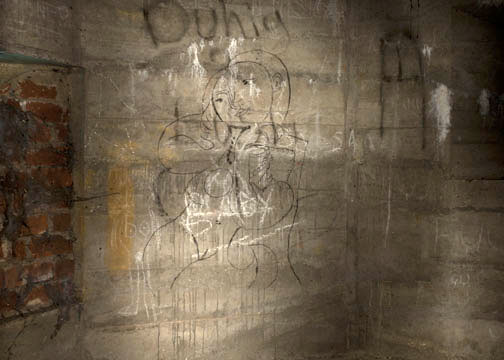
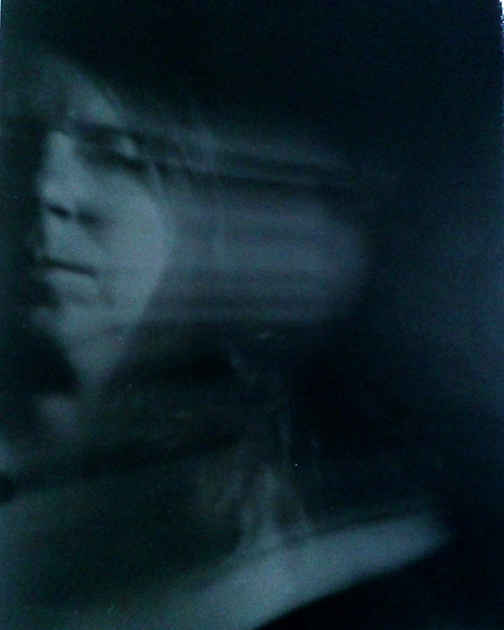
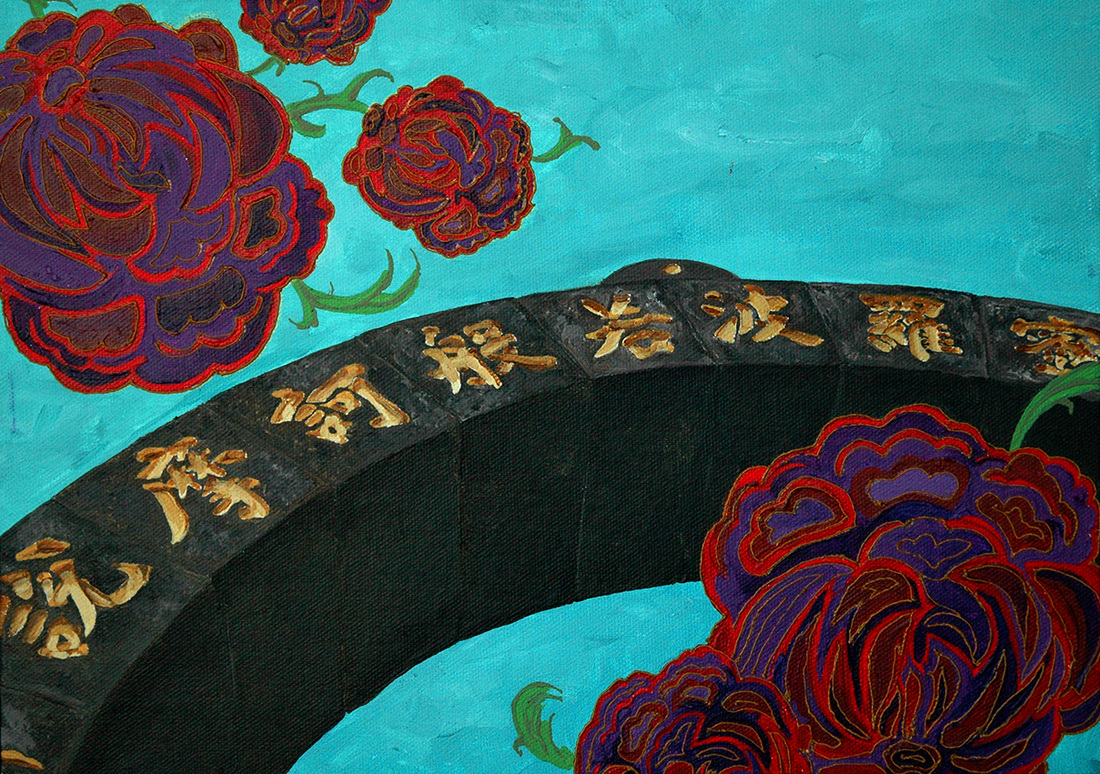
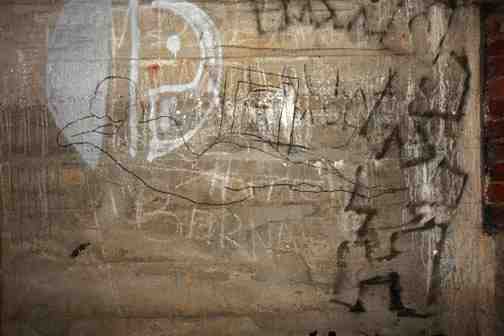
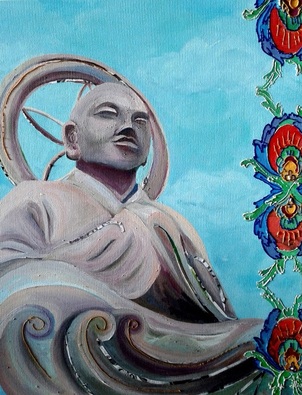
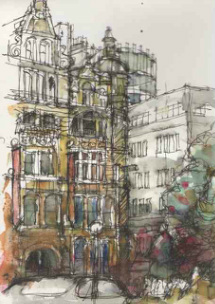
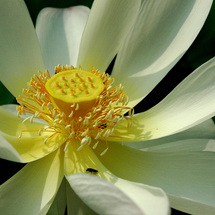
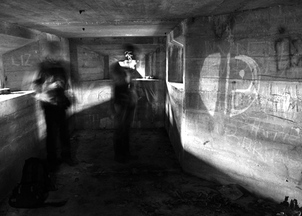
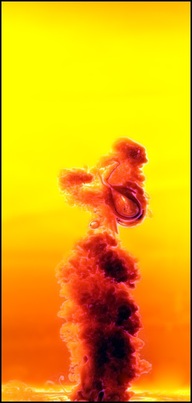
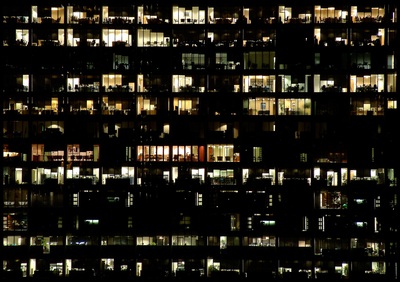
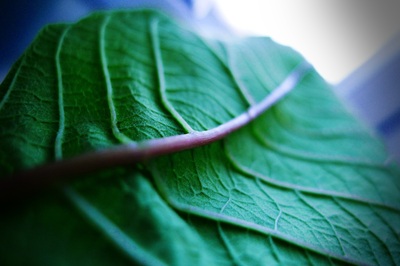

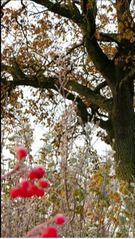

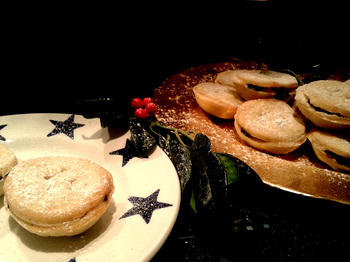
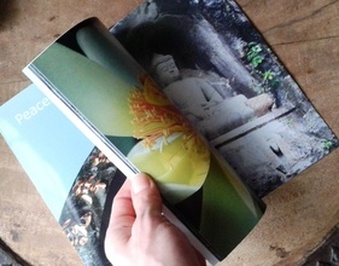
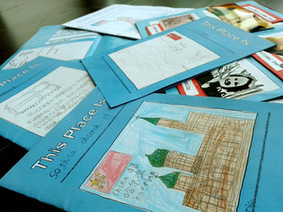
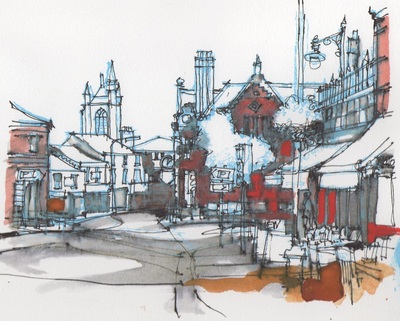
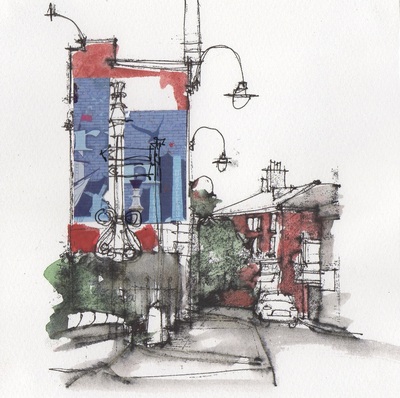
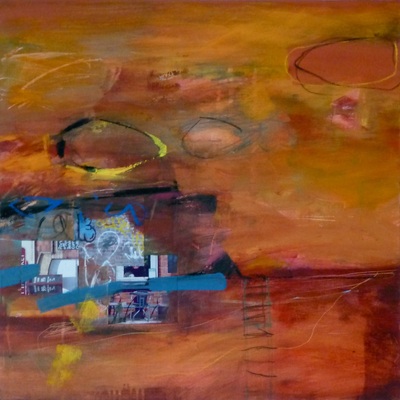
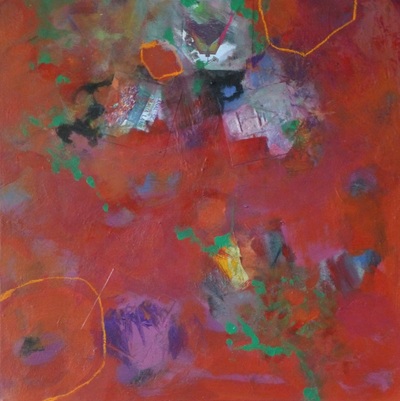
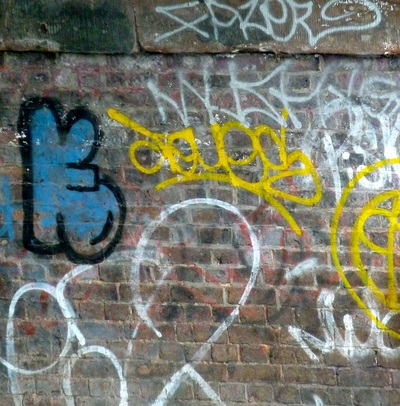
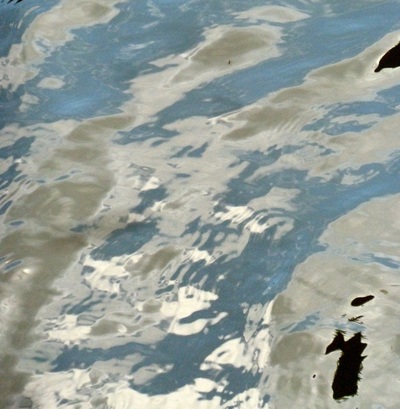
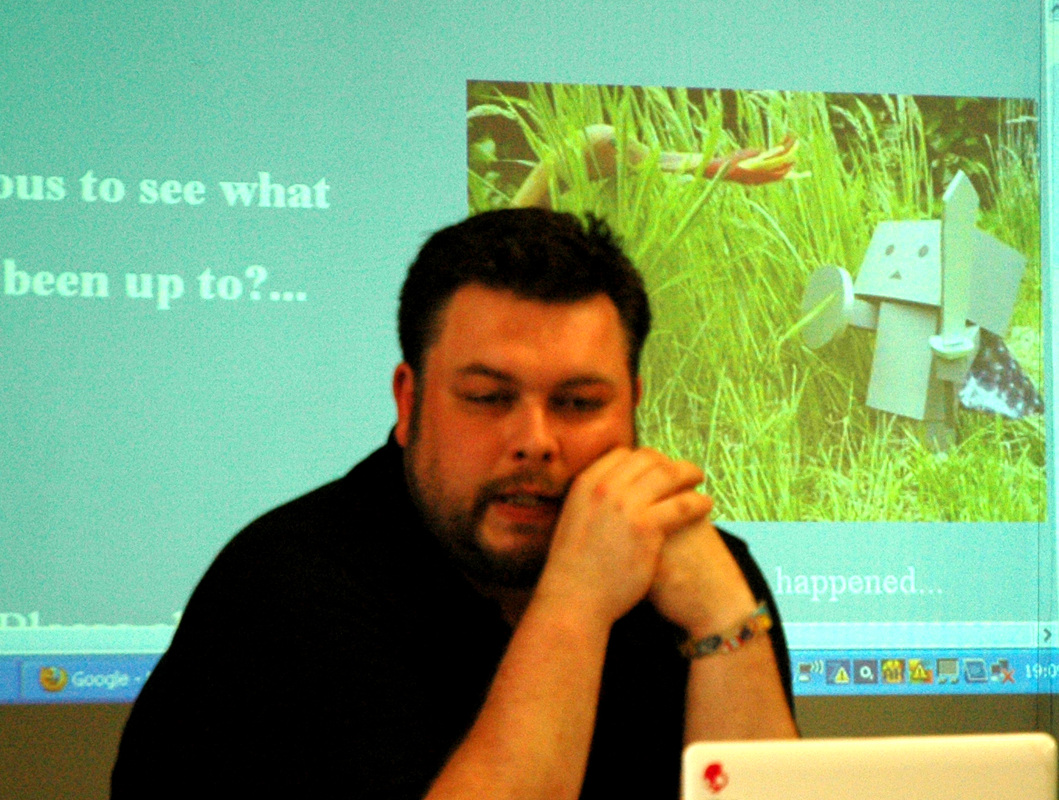
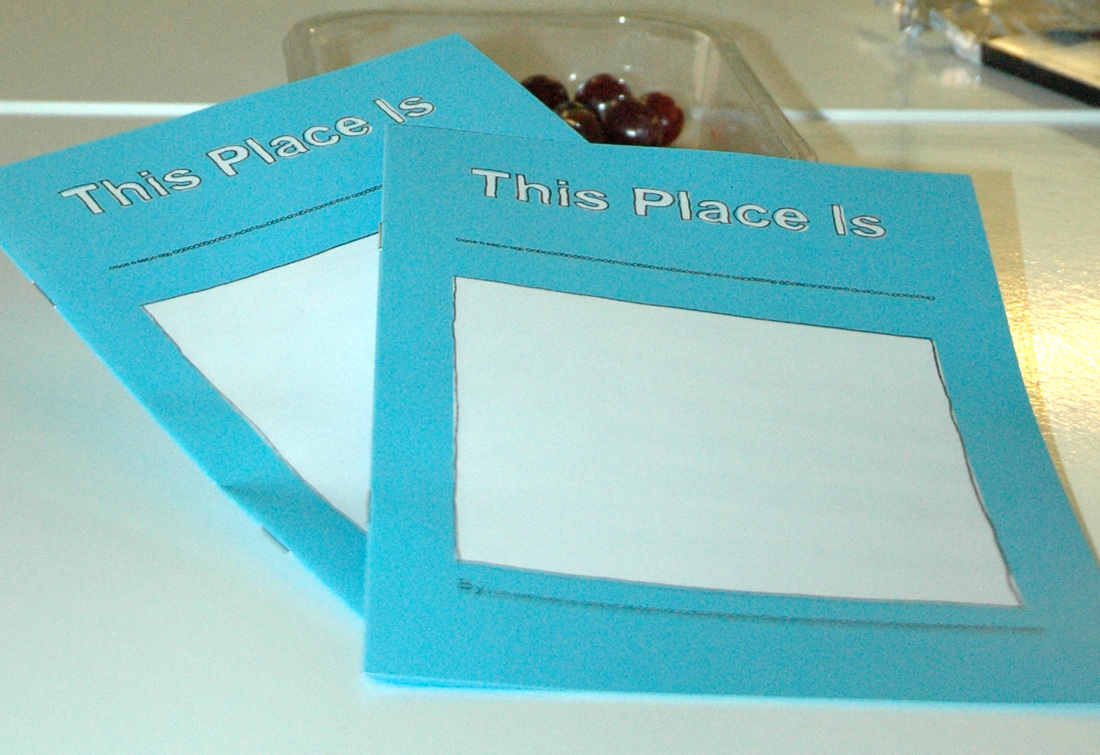
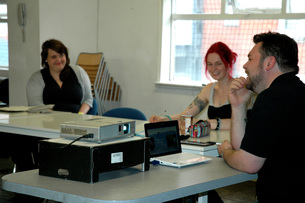
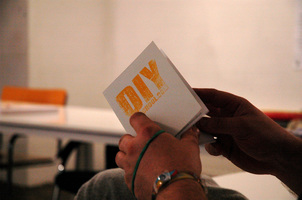
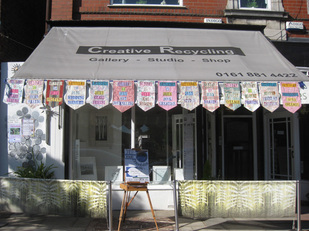
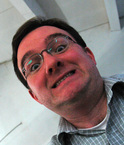
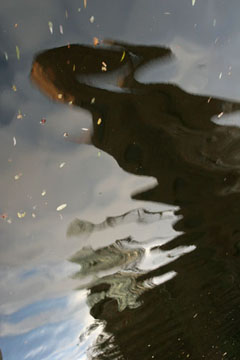
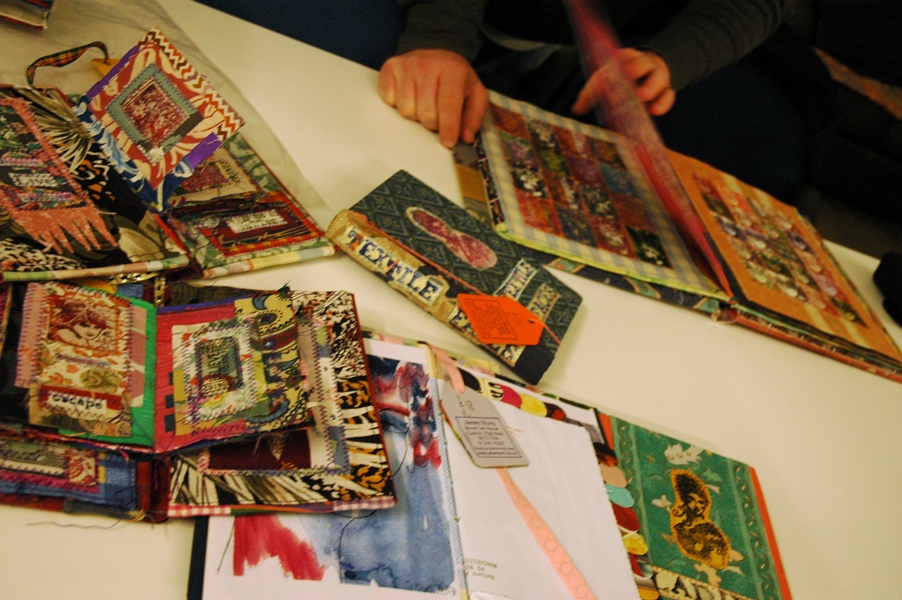
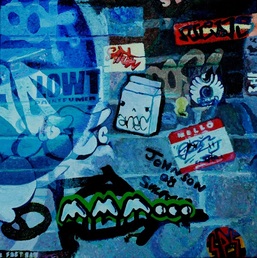
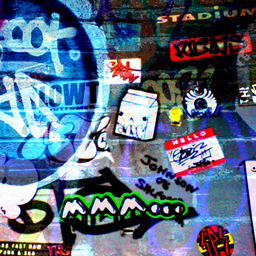
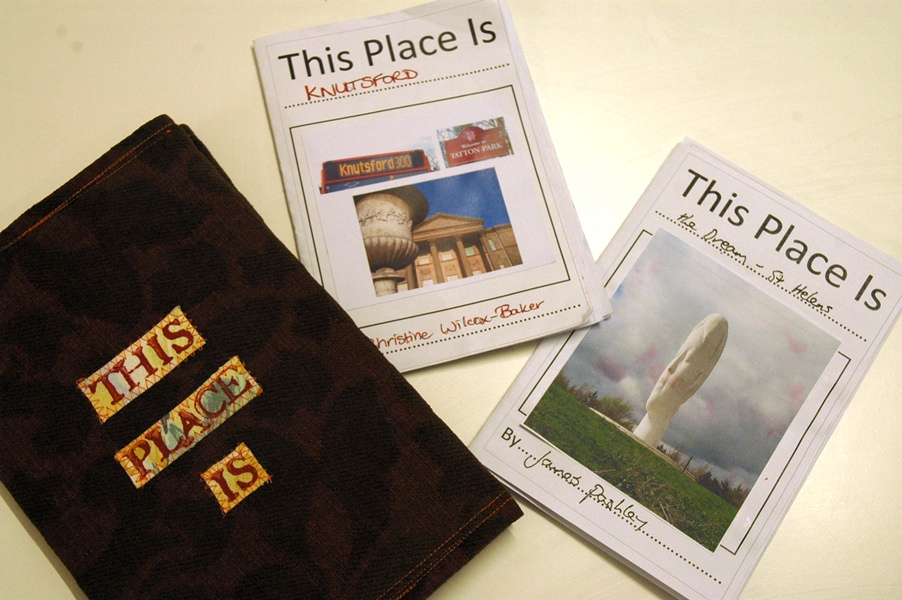
 RSS Feed
RSS Feed
